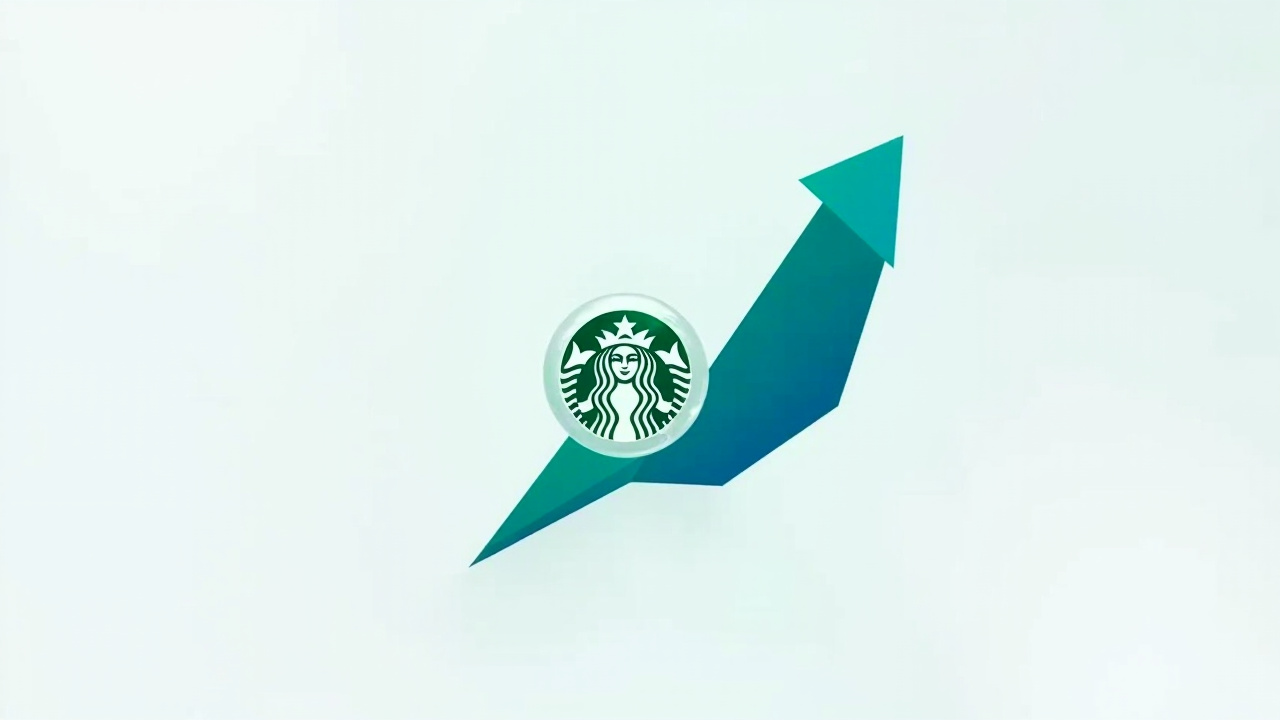Market Volatility in Trump’s Second Term: Investor Outcomes Analyzed

The recent analysis of market volatility during President Donald Trump’s second term underscores an essential narrative that blends the dynamics of political change with economic indicators. The backdrop of heightened tariffs, a potential trade war, and fluctuating labor market data has prompted both institutional and retail investors to reconsider their strategies in navigating an unpredictable market landscape. With the S&P 500 posting an annualized return of 1.58% since Trump’s second inauguration, the financial community is confronted by a growing need to reflect on how political events shape market outcomes while reinforcing the importance of steady investment strategies amid uncertainty.
Historical comparisons provide profound insights into current investor behavior. Notably, the S&P 500’s initial performance during prior presidencies exhibited higher returns, with over a 34% increase during Joe Biden's early tenure, contrasting sharply with Trump’s lukewarm performance. This begs the question: Are investors overly cautious due to the recent history of political upheaval? The S&P 500’s performance under George W. Bush, which witnessed an annualized decline of about 12% in the early 2000s, signifies how external factors can dramatically alter investor sentiment, prompting hasty decisions that often yield regret. Investors must heed the lessons learned from those who exited the market prematurely during Bush's presidency, an error that could be repeated if they react impulsively to current market fluctuations.
Going forward, the macroeconomic landscape suggests both risks and opportunities influenced by multifaceted variables, ranging from trade negotiations to upcoming regulatory changes. The ongoing volatility raises a critical concern: will the likelihood of recession change investor tolerance for risk? Evidence suggests that stability often arises through persistence in holding investments over long periods. With nearly all presidential terms since 1976 resulting in substantial market returns, investors may benefit from adopting a long-term perspective as volatility continues to test their resolve. However, keen attention should be paid to potential unintended consequences of current trade policies and their impact on average consumers and job markets that could, ultimately, affect broader economic growth.
Read These Next

Microsoft Launches Portable Gaming with New ROG Xbox Ally Devices
Microsoft's strategic leap into the portable gaming sector with ROG Xbox Ally marks a notable innovation shift, poised to reshape competitive dynamics and consumer engagement in the market.

China's Auto Market Sees Strong Growth from January to May
China's auto sector grew significantly in 2023, with production up 12.7% to 12.83M units; NEVs surged 45.2%.

Royal Bank Boosts Starbucks Price Target from $95 to $100
Royal Bank of Canada raised Starbucks' price target from $95 to $100, reflecting confidence in its global performance and growth.
